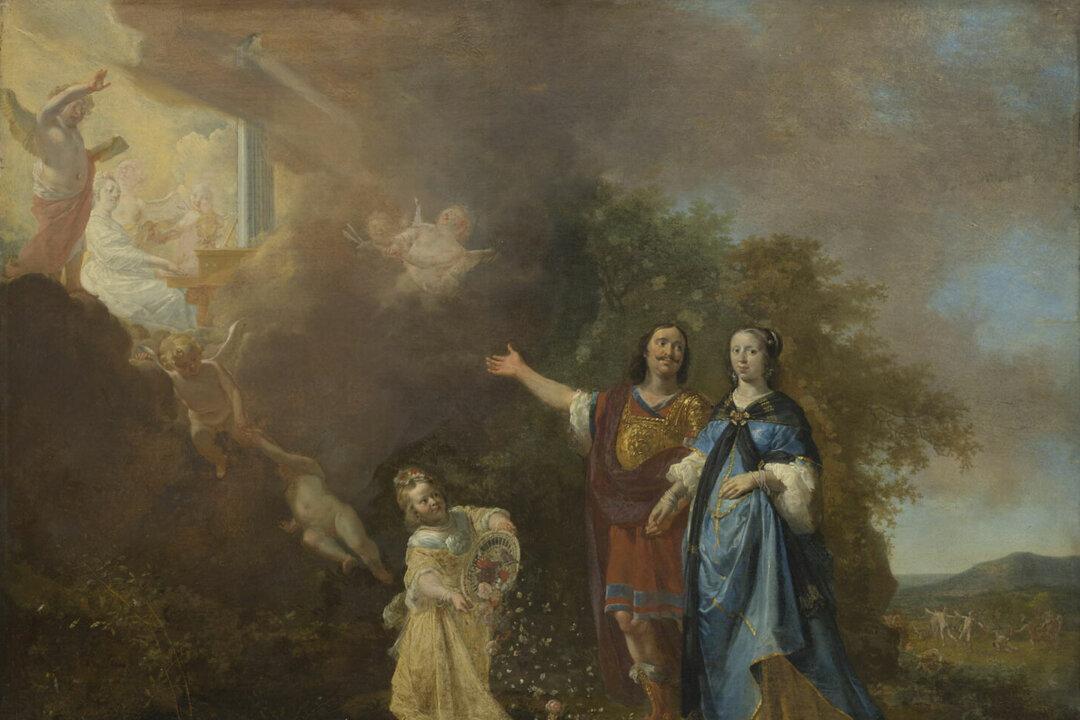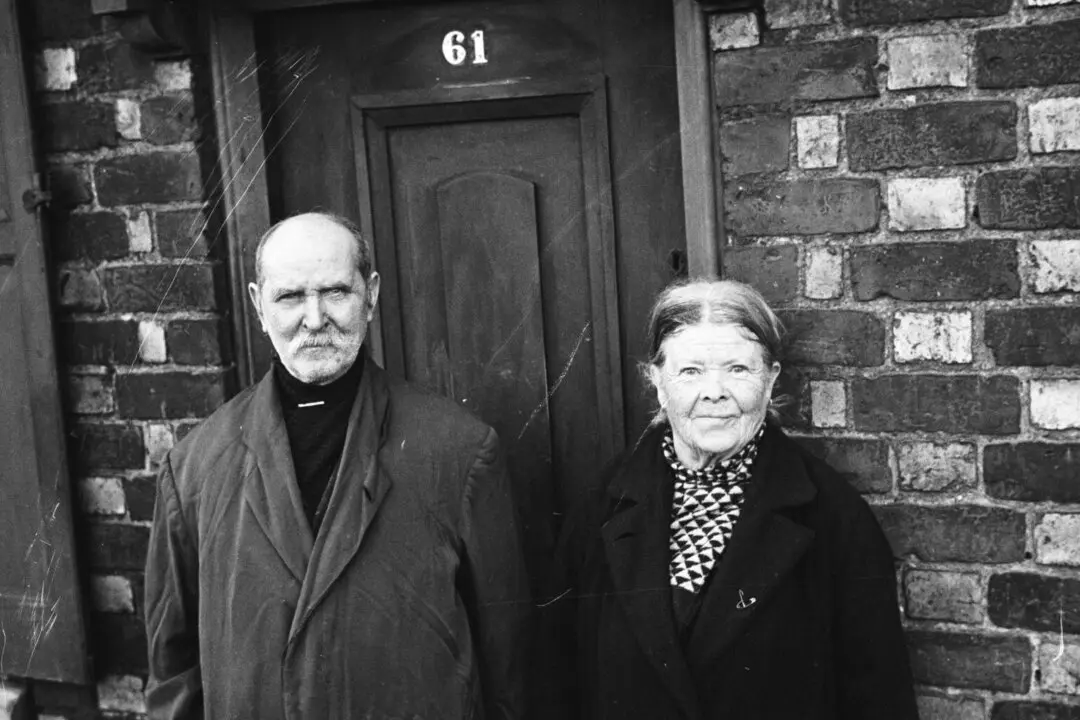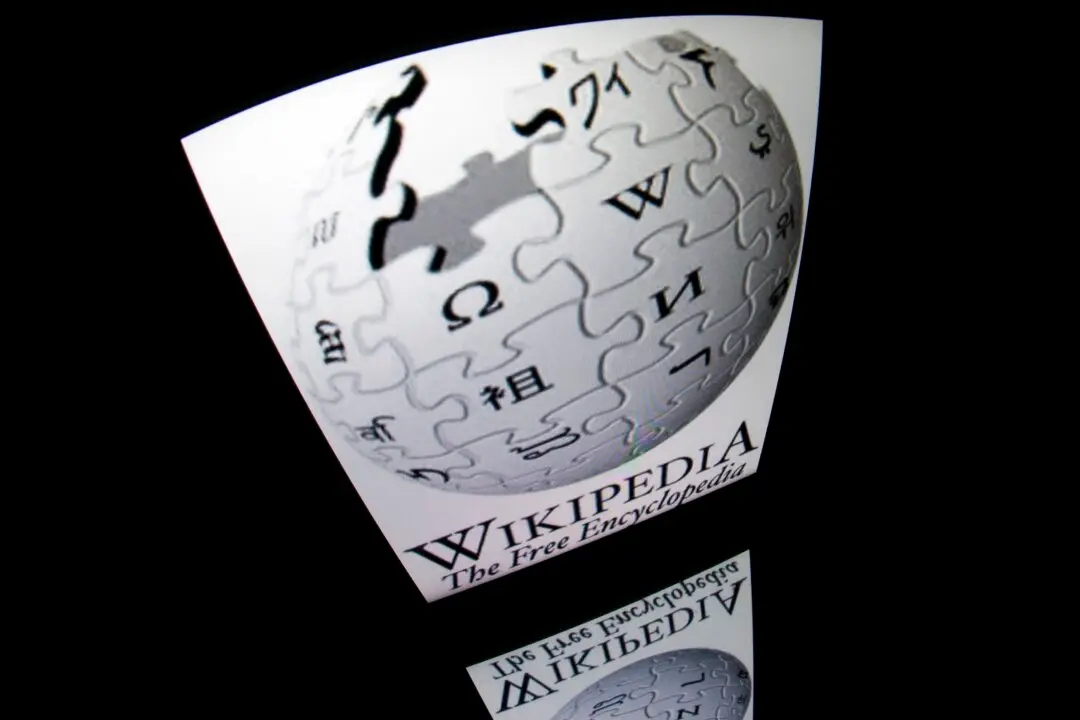Society, for its benefit or disadvantage, turns on the relationship between men and women as a door on its hinges.
In his long narrative poem “Idylls of the King,” which is a retelling of the Arthurian legends, the great Victorian poet Alfred, Lord Tennyson, explores this relationship from a variety of angles. Though set in the legendary, mist-enshrouded heroic age of Britain, the tales told by Tennyson contain riches of great wisdom and beauty that are highly relevant to the modern reader.






